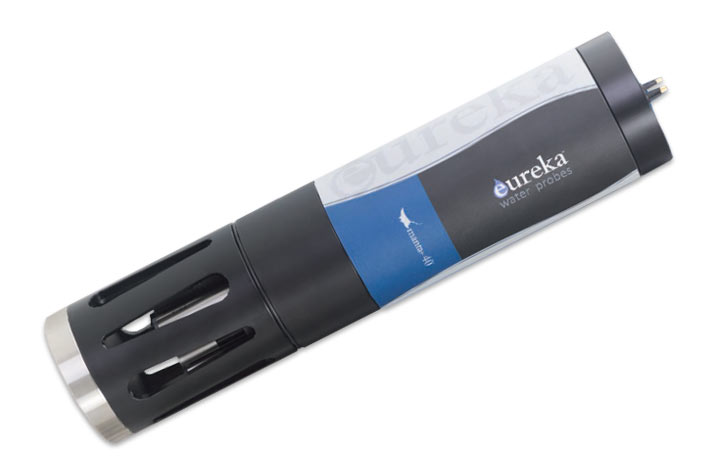Ammonia Monitoring in Water
The neutral, unionized form of Ammonia is a chemical compound of both nitrogen and hydrogen with the formula NH3. It is primarily sourced by fish excrete through their gills or urine and is highly toxic to the aquatic life. Ammonia is a major food source to nitrifying bacteria which is deadly to fish. It can cause gill and organ damage so always be aware of any symptoms such as cloudy eyes or frayed fins. This makes Ammonia an important parameter to measure when cycling a new tank. Anything measuring above 0.02 mg/l (ppm) can be considered harmful.
Another source of Ammonia is decaying organic substances such as dead animals or uneaten food. As the substance decomposes over time nitrogen is released producing bacteria which then produces Ammonia. It can also come from domestic, industrial or agricultural pollution, primarily from fertilizers, organic matter or fecal matter.
When measuring Ammonia it is important to always measure pH and temperature as it will give a clearer idea as to the toxicity of the Ammonia.









